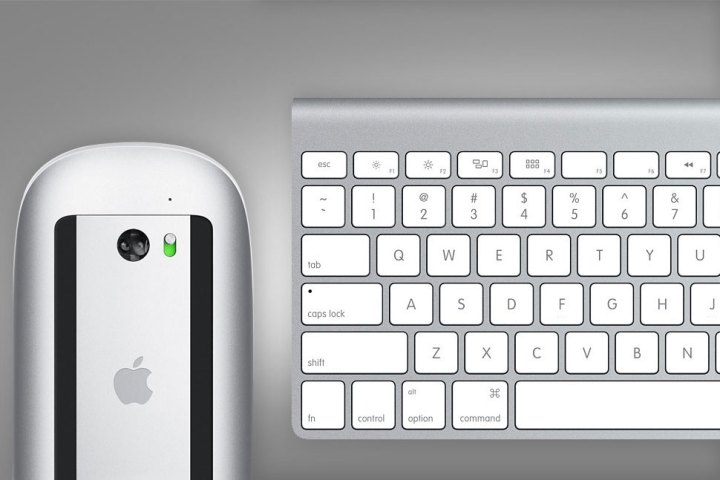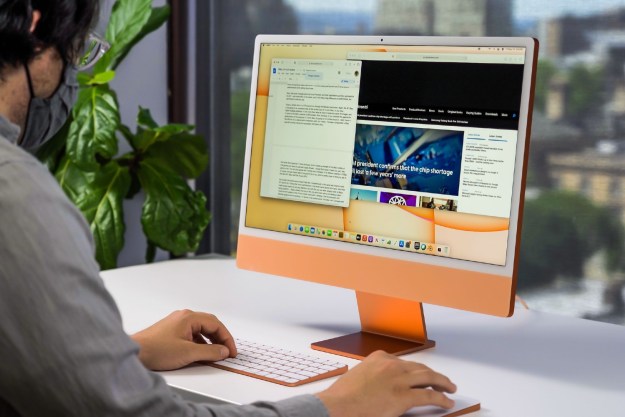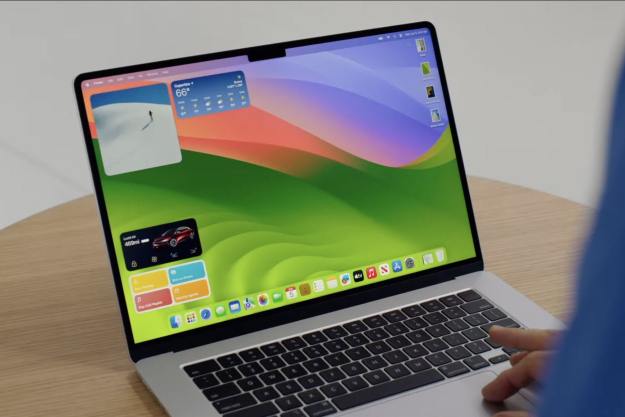
It was the premiere of a new era for Mac peripherals, both of which donned iOS support, fit for a world becoming increasingly more mobile. Aside from the keyboard’s slight revision, put into effect in 2011, both the Magic Mouse and the Wireless Keyboard have largely remained free of alteration. That is, while the rest of technology was progressing, Apple’s PC peripheral space was stagnant, and arguably still is — at least for now.
Pretty soon, however, Apple will finally attempt to play catch-up with its desktop peripherals. That’s because a recent FCC filing indicates a forthcoming overhaul of both the Magic Mouse and Wireless Keyboard. This would put Apple’s Wireless Keyboard in its fourth generation and the Magic Mouse in its second, hence the allegedly official title, Magic Mouse 2.
A much-needed update
Since the introduction of the original Magic Mouse, customer reception was split regarding its quality. This is to be expected, as the mouse transcended what we presently know to be the traditional computer mouse and opted for a more touch-friendly user experience, possibly alienating the enthusiasts of conventional desktop configurations.
Due in part to the infamy of the Magic Mouse, some retailers started bundling Macbooks with Microsoft’s Sculpt Comfort mouse, a controversial move all but damning Apple’s own proprietary mouse.
What could Apple do to restore faith in its first-party Mac peripherals?
Well, for starters, a physical right-click button on the Magic Mouse is long past due. While using the first generation rendition of the mouse to navigate between windows while penning this article, I’ve already dealt with the repercussions of this trivial oversight.

Apple relinquished the inclusion of a physical right-click key on the Magic Mouse, instead electing to let the software do the work. Right-clicking can be enabled in Preferences, but is based on the area of the mouse being touched rather than the input of a physical right-click key.
Unfortunately, the firmware is incessantly buggy. More frequently than I’d care to admit, I’m faced with the pestering task of having to reset my computer because the left-click button decides to emulate the behaviors of right-click.
That’s not a good problem for a computer mouse to have.
Of course, all of this could be avoided in the Magic Mouse, which is reported to raise the Apple mouse from Bluetooth 2.0 to a more contemporary Bluetooth 4.2.
With the successors to Apple’s keyboard and mouse combo looming, the filing suggests we’ll finally see the day when our first-party Mac peripherals don’t require AA batteries. With most computer accessory companies moving from the temporary alkaline batteries to rechargeable lithium-ion solutions, regularly replacing the batteries in our mice and keyboards may — at long last — become part of the past.
But what about fans of the original?
Although the general consensus is, yes, the Magic Mouse and Wireless Keyboard are both in desperate need of an overhaul, Apple may not want to neglect its vocal minority. Altering its offerings too much may warrant a miniature riot from fans of Apple’s current wireless mouse and keyboard.
A magic mouse with an actual right-click button and pinch-to-zoom would be my mouse of choice.
To be clear, I’m not suggesting the company should simply reinstate its old ideas, but rather, refine them instead of starting from scratch. A Magic Mouse without four-way touch, both horizontal and vertical, obviously wouldn’t be a Magic Mouse. But a Magic Mouse with improved traction, an actual right-click button, and pinch-to-zoom support would be my personal Magic Mouse of choice.
Presently, when using the Magic Mouse on a flat, hard service, such as a wooden desk or, even more strikingly, an aluminum mousepad, a vibrant scraping noise is expelled. Clearly, this would be an annoyance for anyone who might find themselves flustered by a repulsive sound likened to a chalkboard being scratched.
Likewise, on even a slight incline, the Magic Mouse routinely slides off the surface, repeatedly plunging to the floor after prolonged use.
A keyboard for your thoughts
As for the Wireless Keyboard, our own Trevor Mogg suggested in his news write-up that we may see keys more inline with the 2015 Macbook, a sleek QWERTY board with lowered keys practical mostly during portable use. On one hand, that would be ideal in the case that you carry your keyboard with you during travel, but on the other, a desktop keyboard shouldn’t be designed for the sole intent for portability. Effective stationary use should be prioritized.
In my own experiences, I can say for certain that I prefer the current Wireless Keyboard over that of the 2015 Macbook. The spacing is nearly identical between both, but the raised keys make a significant difference during extensive typing sessions.
The Macbook keys pale in comparison to the ergonomics of the Wireless Keyboard, a trait Apple hopefully continues to adhere to in the Wireless Keyboard 2.0.
Lastly, with the battery barrel on the Wireless Keyboard’s underside presumably being replaced alongside the implementation of a built-in rechargeable battery, questions are raised about escalation. A flat, horizontal keyboard laid out on a flat, horizontal surface isn’t comfortable and often induces hand cramping.
Of course, a clear-cut solution to this minor dilemma would simply be to add hinges to the keyboard, replacing the battery holster.
A desire for negligible change
Apple’s current wireless mouse and keyboard offerings have garnered excessive criticism over their extensive lifespans. Personally, the time I’ve spent with my set has been a largely enjoyable experience, especially compared to the agony I’ve undergone with some of the popular mid-range Windows-focused accessories.
In the end, I could do with little more than a simple revision to the Bluetooth chip and power method. Knowing Apple’s track record for marginal changes, that’s not an unlikely scenario, and that’s fine by me.
Editors' Recommendations
- The biggest threat to the MacBook this year might come from Apple itself
- 6 upcoming products that will make 2024 a huge year for Apple
- Apple’s M3 Max appears to keep up with Intel’s top desktop CPU
- The M3 is the most important chip Apple has ever made
- Everything Apple didn’t announce at its ‘Scary Fast’ launch event



